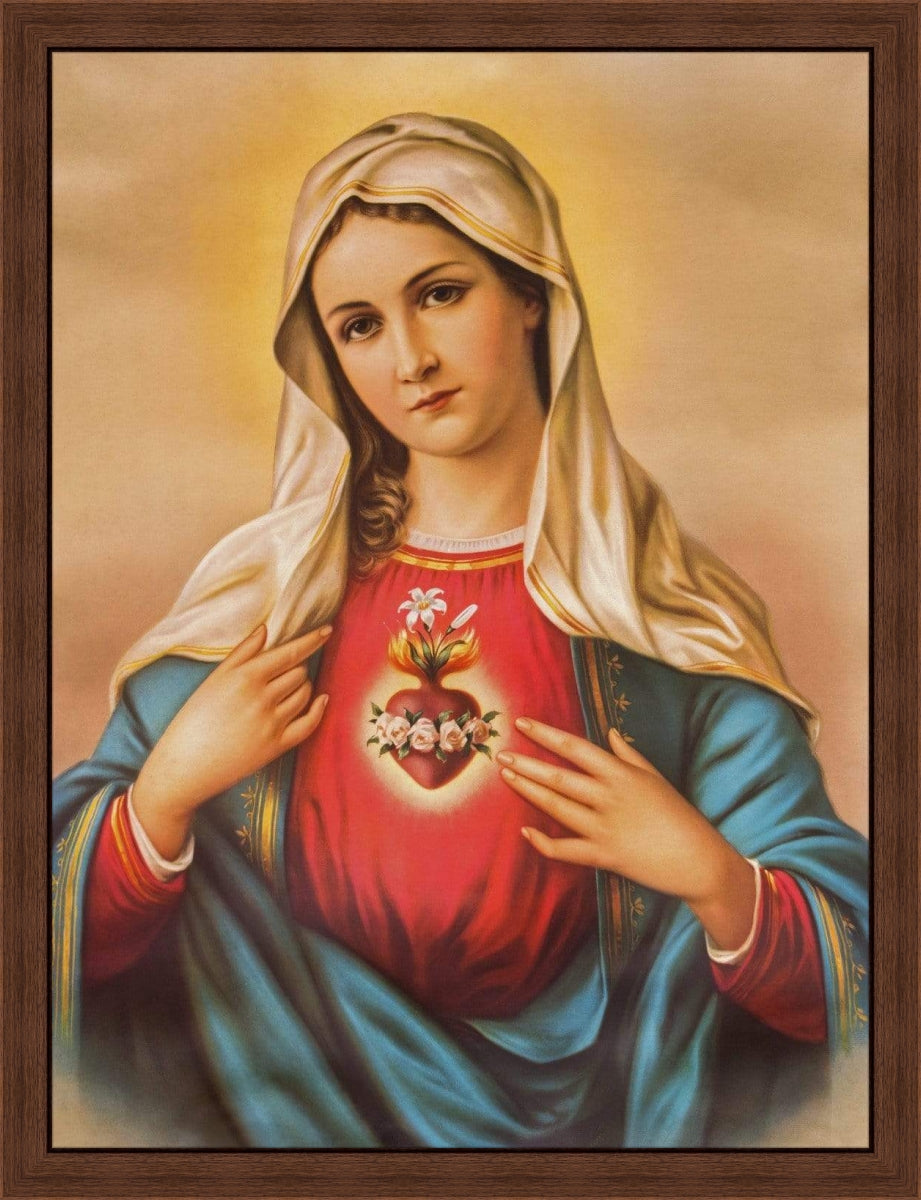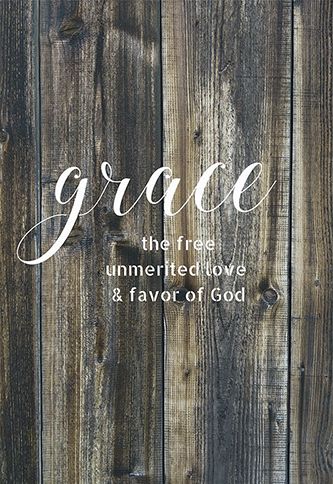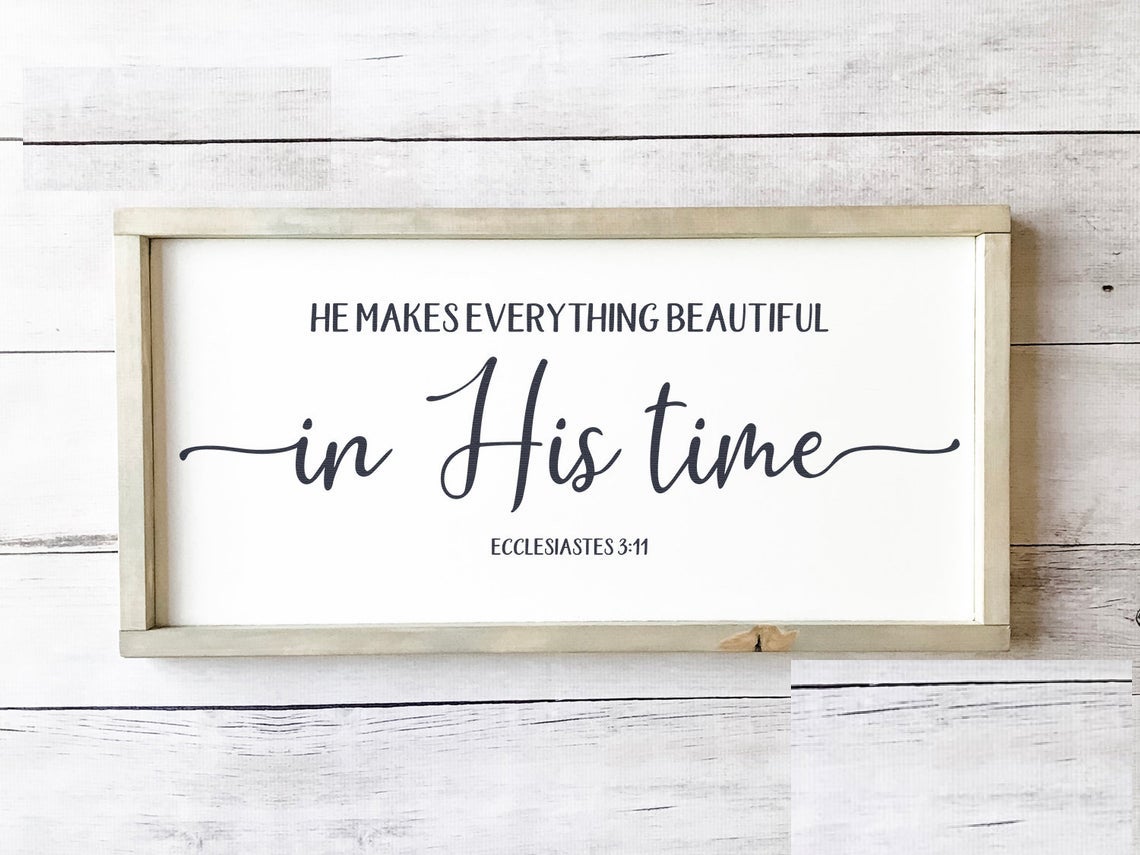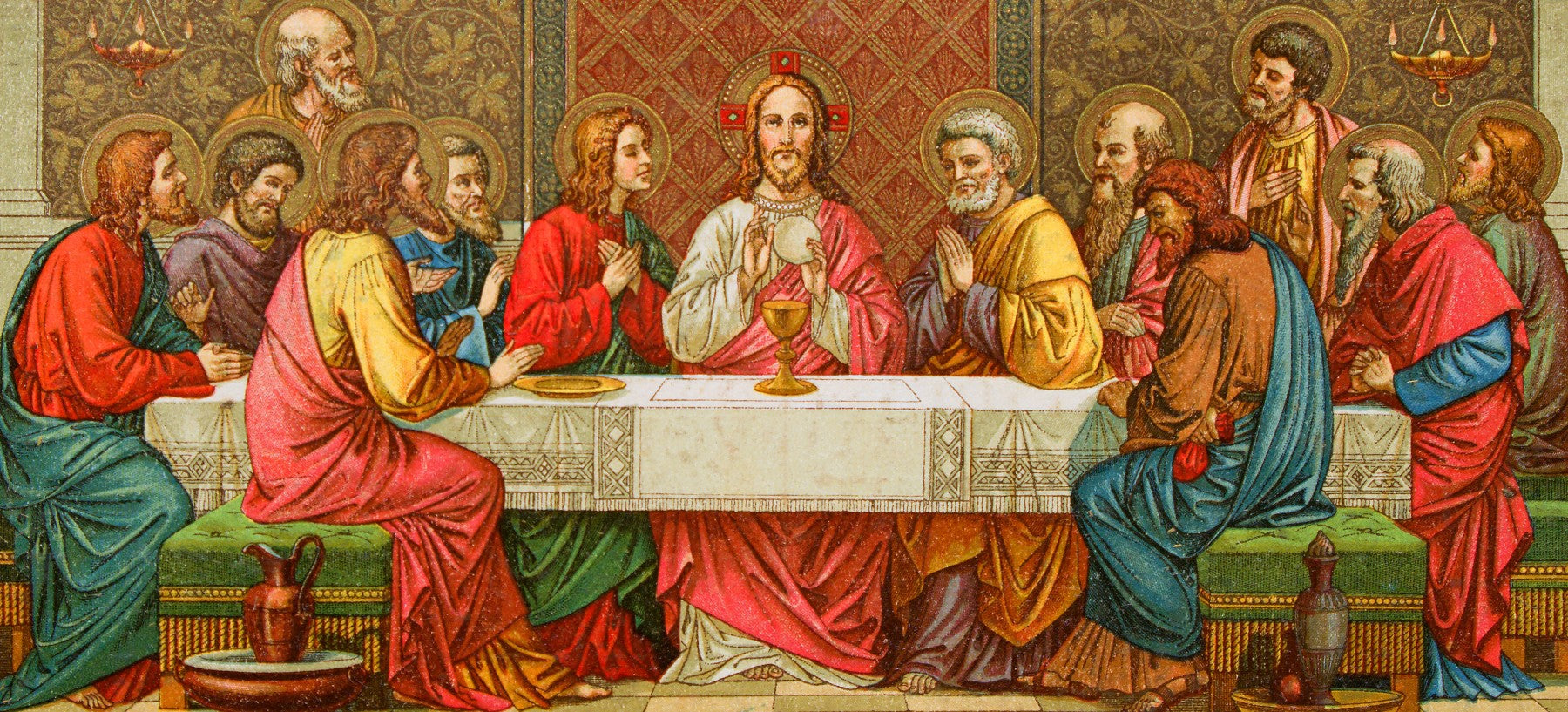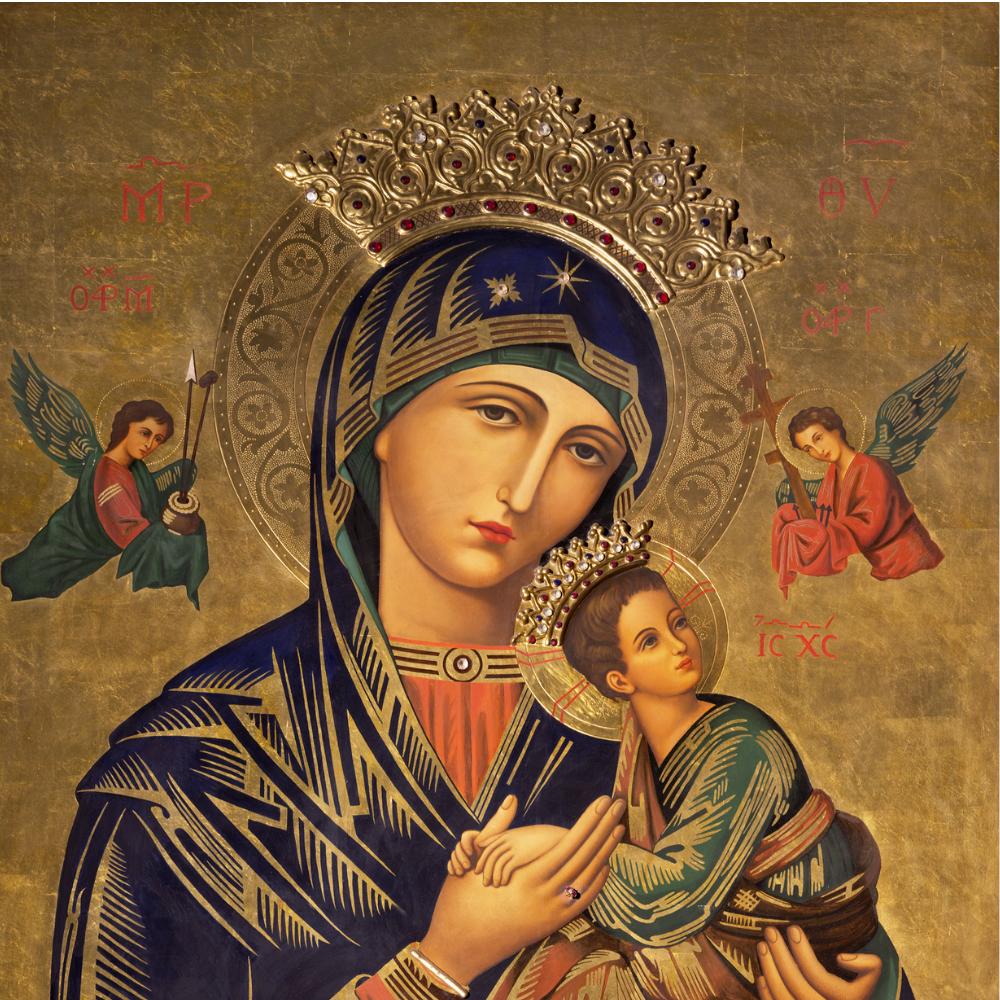Organizing Inter-Parish Cultural Festivals: Uniting Faith, Culture, and Art
In an era where community bonds are more important than ever, inter-parish cultural festivals stand as a beacon of unity and celebration. These festivals not only bring together diverse religious, cultural, and artistic talents from multiple parishes but also serve as a powerful platform for fostering deeper connections among community members. By merging traditions, art, and spirituality, inter-parish cultural festivals create memorable experiences that enrich participants and inspire long-lasting unity.
In this blog, we explore how to organize a successful inter-parish cultural festival, offer logistical tips for large-scale events, and share inspiring success stories from communities that have walked this path before. Whether you are a parish leader, a community organizer, or simply a member eager to see your community thrive, this guide is designed to help you plan and execute an event that leaves a lasting impact.
The Importance of Cultural Festivals in Faith Communities
Celebrating Diversity and Unity
Religious communities have long recognized the importance of cultural festivals as a means of celebrating diversity and reinforcing shared values. These events create opportunities for parishes to showcase their unique traditions and talents while simultaneously learning from one another. By combining the artistic expressions, musical talents, and cultural heritage of multiple parishes, a cultural festival becomes a living tapestry that weaves together the threads of faith, art, and community spirit.
Cultural festivals are more than just entertainment; they are a form of outreach and ministry. They invite not only parishioners but also members of the wider community to experience the vibrancy of faith expressed through art and culture. Such events can break down barriers, encourage dialogue, and foster a sense of belonging that transcends geographic or denominational lines.
A Historical Perspective
Historically, many faith communities have organized festivals and feasts as part of their religious celebrations. These events often served as times for communal prayer, reflection, and celebration of life’s blessings. In today’s modern context, inter-parish cultural festivals can be seen as a contemporary evolution of these traditions—one that embraces the diversity of modern society while remaining rooted in timeless spiritual values.
Laying the Foundation: Steps to Organize a Successful Festival
Organizing an inter-parish cultural festival requires careful planning, clear communication, and a shared vision. Below are the essential steps to create an event that is both logistically sound and spiritually enriching.
1. Define Your Vision and Goals
Before diving into the details, it is crucial to define what you hope to achieve with your festival. Ask yourself:
- What is the primary purpose of the event?
- How can we use this festival to enhance unity among parishes?
- What cultural, artistic, or religious themes do we want to highlight?
A clear vision sets the stage for every subsequent decision and helps ensure that every element of the festival aligns with your core goals.
2. Form a Collaborative Planning Committee
Successful festivals require a dedicated team. Assemble a planning committee with representatives from all participating parishes. This committee should include individuals with diverse skills, such as event planning, fundraising, marketing, technical expertise, and spiritual leadership. A collaborative committee not only shares the workload but also brings multiple perspectives, enriching the planning process.
3. Establish a Budget and Fundraising Strategy
Large-scale events require significant resources. Create a detailed budget that covers:
- Venue rental and setup
- Technical equipment (sound systems, lighting, staging)
- Marketing and promotional materials
- Permits, insurance, and legal fees
- Hospitality and catering
Explore diverse funding sources including parish contributions, sponsorships from local businesses, government or community grants, and donations. Fundraising events or campaigns in the lead-up to the festival can also help build community enthusiasm and secure necessary funds.
4. Choose the Right Date and Venue
Selecting an appropriate date and venue is critical. Consider factors such as:
- Accessibility for all parishes involved
- Availability of parking and public transportation
- The capacity to accommodate large crowds and multiple stages or activity areas
- Outdoor versus indoor venues depending on weather conditions and event logistics
In many cases, holding the festival on a weekend or a holiday can maximize participation, but it’s important to coordinate with all parishes to avoid conflicts with other major events.
5. Curate a Diverse and Inclusive Program
The heart of any cultural festival lies in its programming. Aim for a mix of:
- Religious Ceremonies: Joint prayer services, blessings, or interfaith dialogues that honor the spiritual traditions of the participating parishes.
- Cultural Performances: Music, dance, drama, and storytelling that reflect the diverse cultural backgrounds of the community.
- Artistic Displays: Visual arts exhibitions, craft fairs, and interactive art installations that celebrate local talent.
- Workshops and Seminars: Sessions on cultural heritage, religious history, and artistic techniques that educate and engage attendees.
- Family-Friendly Activities: Games, food stalls, and interactive activities to ensure the event is welcoming to all ages.
Ensure that your program not only entertains but also communicates the overarching theme of unity and shared purpose.
6. Develop a Detailed Logistical Plan
Large-scale events can be complex, so a detailed logistical plan is essential. This plan should cover:
- Timeline and Scheduling: A master schedule detailing setup, event start and end times, and teardown procedures.
- Technical Requirements: Sound, lighting, staging, and audiovisual needs for performances and presentations.
- Volunteer Coordination: Assign roles for volunteers including ushers, security, technical support, and hospitality.
- Permits and Regulations: Secure any necessary permits, and ensure that the event complies with local safety and health regulations.
- Transportation and Parking: Plan for adequate parking and consider shuttle services for attendees coming from distant parishes.
- Emergency Protocols: Develop a plan for medical emergencies, crowd control, and weather-related contingencies.
7. Communication and Marketing
Effective communication is key to building excitement and ensuring a successful event. Develop a comprehensive marketing strategy that includes:
- Social Media Campaigns: Utilize platforms like Facebook, Instagram, and Twitter to reach a wider audience.
- Local Media Outreach: Engage with local newspapers, radio stations, and community bulletins to promote the festival.
- Parish Newsletters and Announcements: Use your existing parish networks to keep your community informed.
- Visual Branding: Create a memorable logo and consistent visual theme for all promotional materials.
Regular updates, behind-the-scenes looks, and community testimonials can help build momentum and anticipation leading up to the event.
Logistical Tips for Large-Scale Events
Organizing an inter-parish cultural festival is no small feat, and attention to logistics is essential for a smooth experience. Here are some practical tips to manage the complexities of large-scale events:
Detailed Checklists and Timelines
Develop comprehensive checklists for every aspect of the event—from technical setup and volunteer assignments to catering and emergency protocols. A detailed timeline, with milestones and deadlines, helps keep every team member on track and ensures that no detail is overlooked.
Utilize Technology for Coordination
While the event celebrates cultural traditions, modern technology can be a great ally during the planning stages. Use project management tools, group messaging apps, and shared calendars to keep your team connected. These tools facilitate communication and allow for quick updates or changes as needed.
Safety and Crowd Management
Large gatherings necessitate robust safety protocols. Work with local authorities to develop a crowd management plan that includes:
- Clear signage to direct attendees
- Designated emergency exits and first-aid stations
- Trained security personnel
- A communication system for emergencies
By proactively addressing safety, you can ensure that the festival is not only enjoyable but also secure for everyone involved.
Environmental Considerations
Sustainability is an important aspect of modern events. Consider eco-friendly practices such as:
- Minimizing single-use plastics
- Encouraging recycling with clearly marked bins
- Using energy-efficient lighting and sound systems
- Promoting carpooling or shuttle services to reduce carbon emissions
Environmental responsibility can be woven into the festival’s ethos, aligning with broader community values.
Contingency Planning
Despite thorough planning, unexpected challenges may arise. Develop contingency plans for potential issues like bad weather, technical failures, or last-minute cancellations. Having a backup plan for key components ensures that the event can adapt and continue smoothly even when disruptions occur.
Inspiring Success Stories
Learning from those who have successfully organized inter-parish cultural festivals can provide valuable insights and inspiration. Here are two illustrative success stories that highlight the transformative impact of these events.
Success Story 1: The Harmony in Diversity Festival
In a vibrant community spanning several parishes, the “Harmony in Diversity Festival” became an annual celebration that united residents through shared cultural expressions. The event featured:
- Joint prayer services that set a spiritual tone for the day
- Traditional music and dance performances from various cultural groups
- Art exhibits and craft stalls highlighting local artisans
The planning committee, composed of representatives from each parish, met monthly to coordinate activities. They secured funding through local sponsorships and community donations, which allowed them to invest in high-quality technical equipment and engaging entertainment.
One of the festival’s highlights was an interfaith dialogue session where leaders from different parishes discussed how art and culture can bridge gaps and foster mutual understanding. Attendees left the event with a renewed sense of community pride and a deeper appreciation for the diversity within their shared faith.
Success Story 2: The United Hearts Cultural Extravaganza
Another notable example is the “United Hearts Cultural Extravaganza,” a festival that drew thousands of visitors from across the region. This event showcased:
- A grand opening ceremony with a combined choir from multiple parishes
- Interactive workshops on cultural heritage, religious art, and music
- A marketplace featuring diverse cuisines and handcrafted goods
The success of the festival was largely attributed to its meticulous logistical planning. The organizing team implemented a state-of-the-art registration system, coordinated volunteer schedules through an online platform, and collaborated closely with local authorities to ensure safety and smooth crowd flow.
Attendees praised the festival for its seamless integration of religious devotion, artistic creativity, and cultural celebration. For many, the United Hearts Cultural Extravaganza was a transformative experience—one that demonstrated the power of unity and collective expression in strengthening community bonds.
Overcoming Challenges in Festival Organization
Even with careful planning, organizing large-scale inter-parish events can present challenges. Common hurdles include:
- Communication Barriers: Coordinating between multiple parishes requires clear, consistent communication. Overcome this by holding regular meetings, using digital communication tools, and ensuring transparency in decision-making.
- Budget Constraints: Securing adequate funding can be challenging. Mitigate this risk by diversifying revenue streams through sponsorships, community fundraisers, and in-kind donations.
- Cultural Differences: Each parish may have its own traditions and expectations. Embrace these differences by designing an inclusive program that respects each community’s heritage while uniting them under a common theme.
- Logistical Complexities: Large-scale events involve many moving parts. A detailed checklist, clear roles for volunteers, and a robust contingency plan can help manage these complexities effectively.
By addressing these challenges proactively, organizers can turn potential obstacles into opportunities for creative problem-solving and deeper community engagement.
Building a Sustainable Tradition
One of the most rewarding aspects of organizing inter-parish cultural festivals is the opportunity to create a lasting tradition. Here are some tips to ensure your festival becomes a recurring, celebrated event:
Establish a Legacy
Document every stage of the planning and execution process. Create photo albums, video highlights, and written testimonials that capture the festival’s spirit. Over time, these records can serve as both an inspiration and a practical guide for future organizers.
Continuous Improvement
After the festival, hold debrief sessions with the planning committee and key volunteers. Gather feedback from attendees and review what worked well—and what didn’t. Use these insights to refine your planning process, ensuring that each subsequent event is even more impactful.
Foster Community Ownership
Encourage participation from all parishes, not just in attendance but in planning and execution. When community members feel a sense of ownership over the festival, they are more likely to contribute their time, talents, and resources to its success. This collective spirit is the foundation of a sustainable, community-driven event.
Expand Outreach
As the festival grows, consider expanding its reach. Collaborate with local cultural organizations, invite guest speakers or performers, and explore partnerships with regional media. Broadening the event’s scope can attract new audiences and further reinforce the message of unity and cultural celebration.
Final Thoughts: The Power of Unity Through Celebration
Inter-parish cultural festivals are far more than large-scale events—they are a testament to the strength and beauty of community. By combining religious, cultural, and artistic talents from multiple parishes, these festivals not only celebrate diversity but also build bridges between communities, creating an environment where unity thrives.
From the initial vision to the final curtain call, every step in organizing a festival is an opportunity to strengthen the bonds of faith and fellowship. With careful planning, collaborative teamwork, and a commitment to inclusivity, you can create an event that leaves a lasting impact on your community.
Embrace the challenge, celebrate the journey, and remember that every performance, every prayer, and every shared smile contributes to a legacy of unity and cultural enrichment. Let your festival be a beacon of hope and a celebration of the shared values that bind us all together.
Whether you are organizing your first inter-parish festival or looking to build on a long-standing tradition, the path forward is one of creativity, collaboration, and heartfelt dedication. The success stories of festivals past demonstrate that with passion and perseverance, the seemingly insurmountable challenges of large-scale event planning can be transformed into triumphant moments of collective celebration.
In a world that sometimes feels fragmented by differences, inter-parish cultural festivals remind us that our diversity is a strength, and our unity in faith is a powerful force for good. Take the first step today—gather your community, share your vision, and begin planning an event that will resonate for years to come.
May your journey in organizing inter-parish cultural festivals be filled with creativity, collaboration, and the profound joy of seeing your community come together in celebration of faith, culture, and art. The road may be challenging, but the rewards—a united, vibrant community enriched by shared traditions and artistic expression—are well worth the effort.
Embrace the unity, and let every festival be a testament to the enduring power of collective celebration and the transformative spirit of community.






